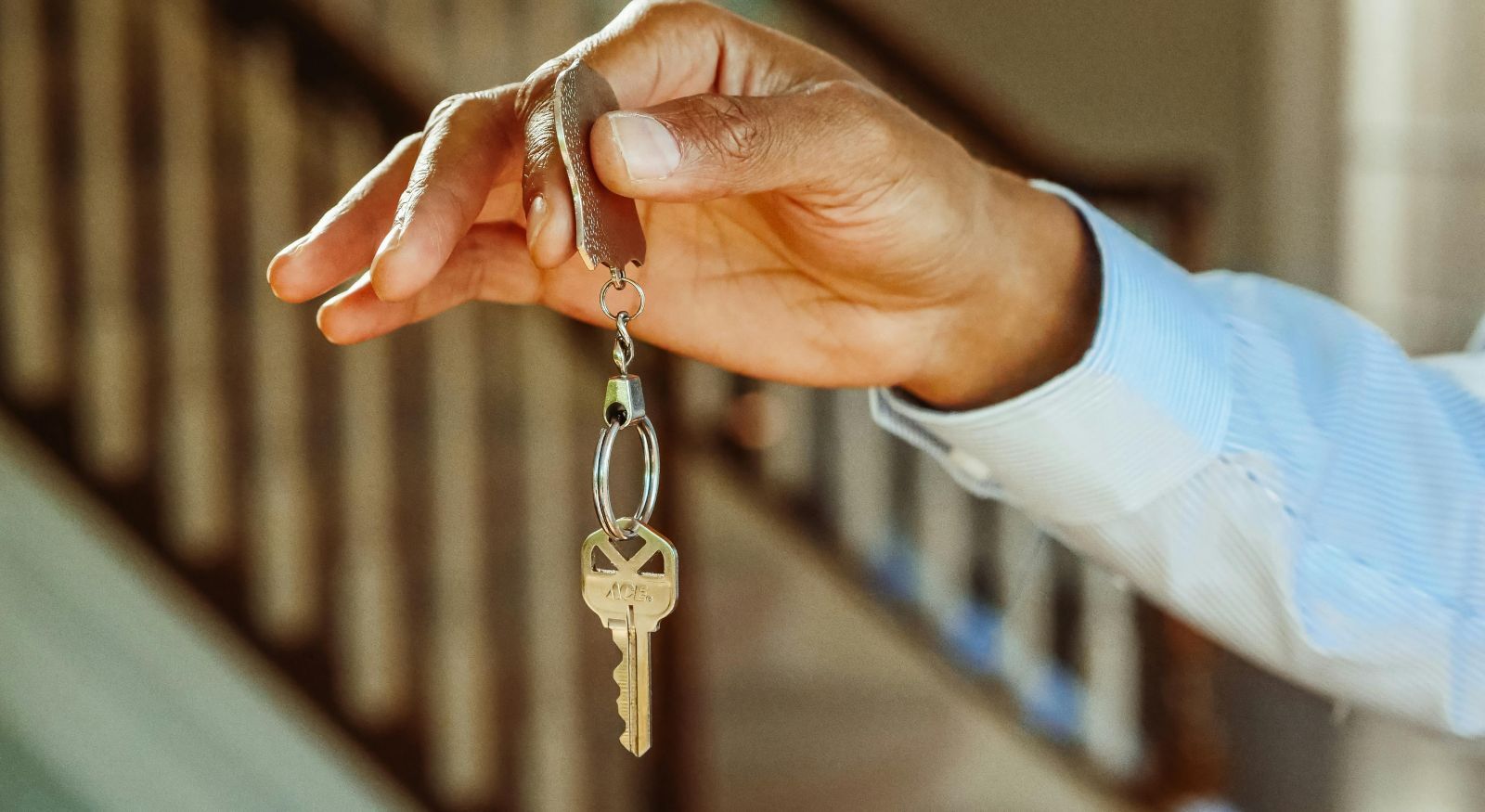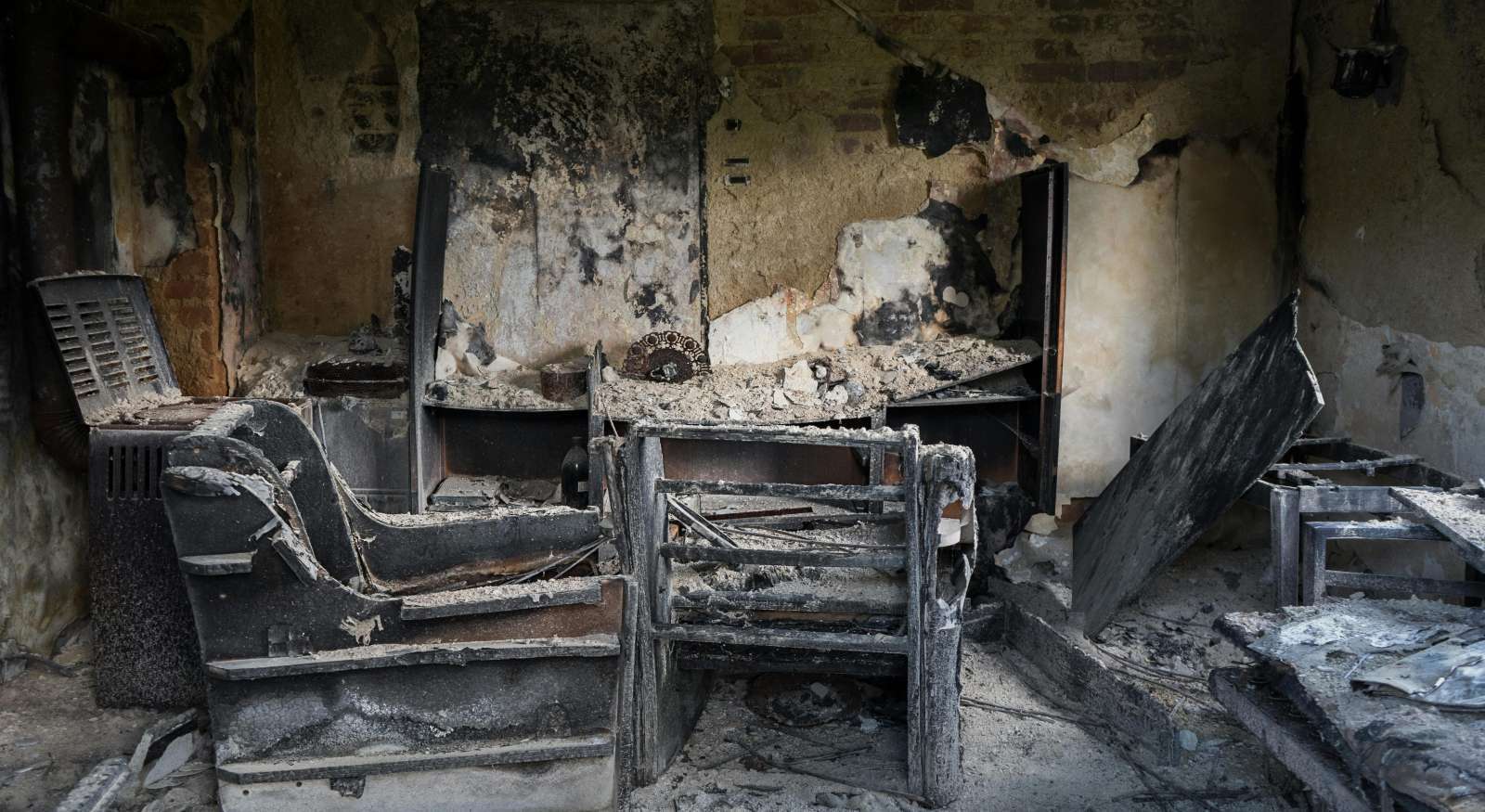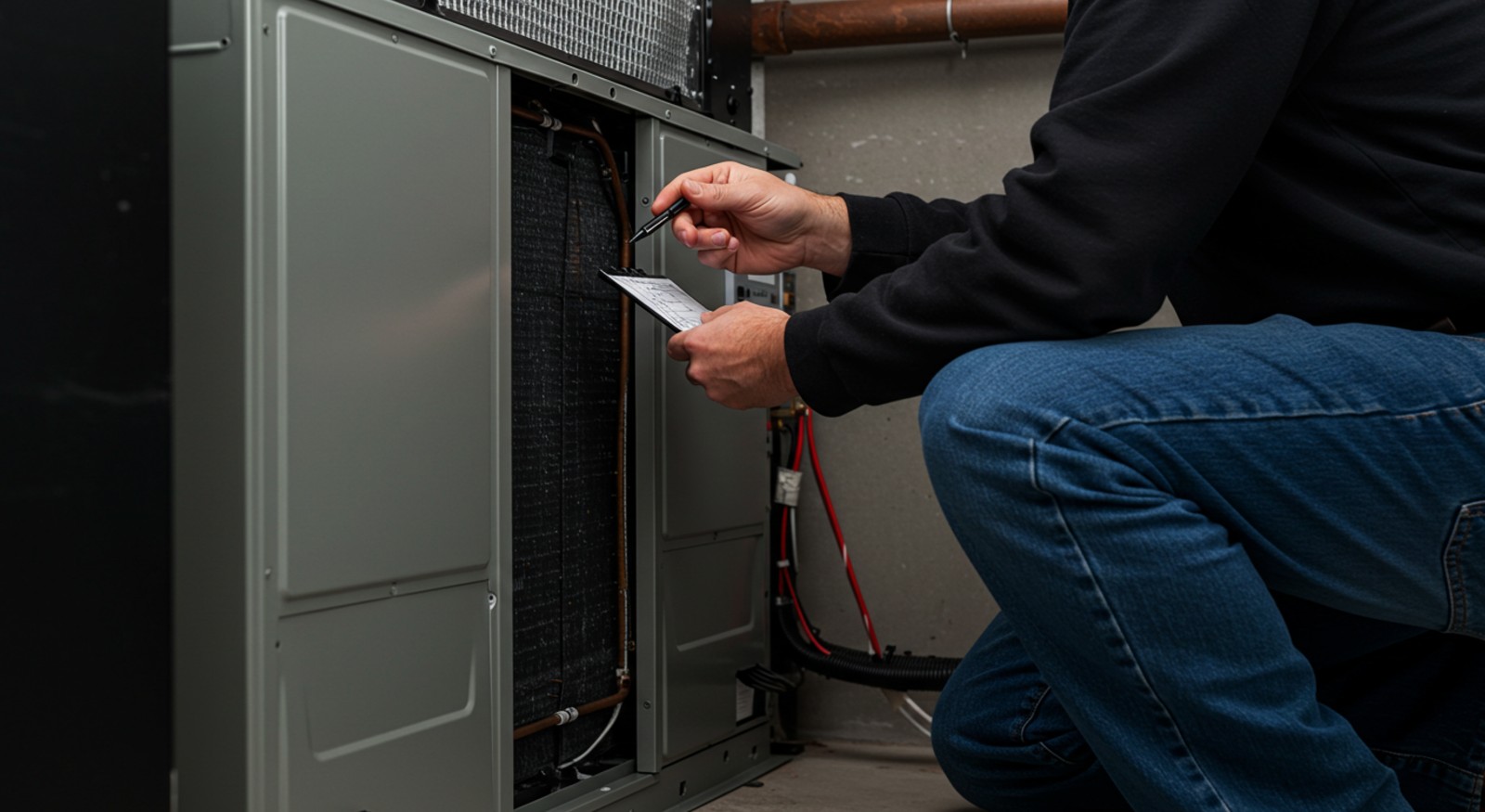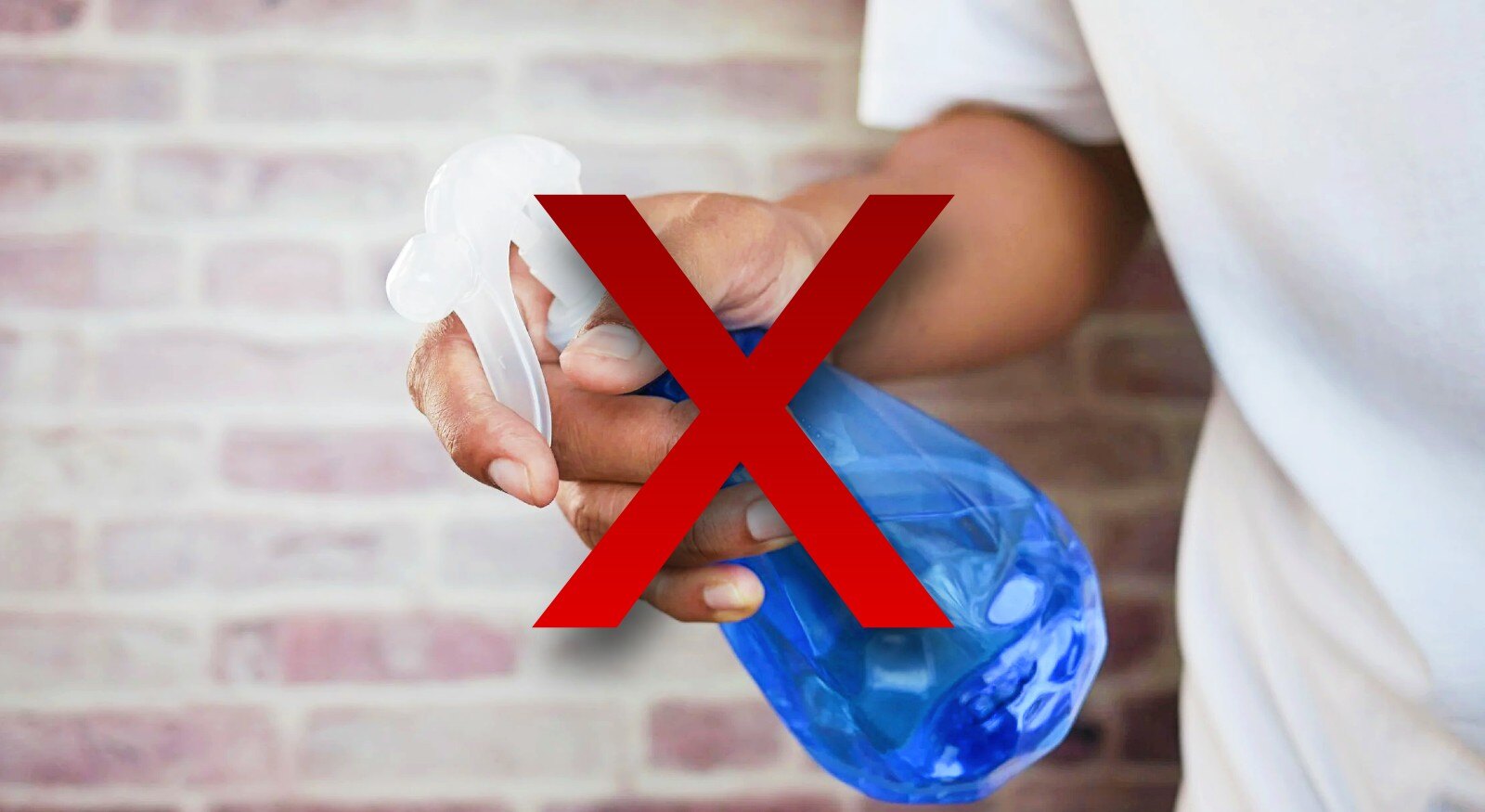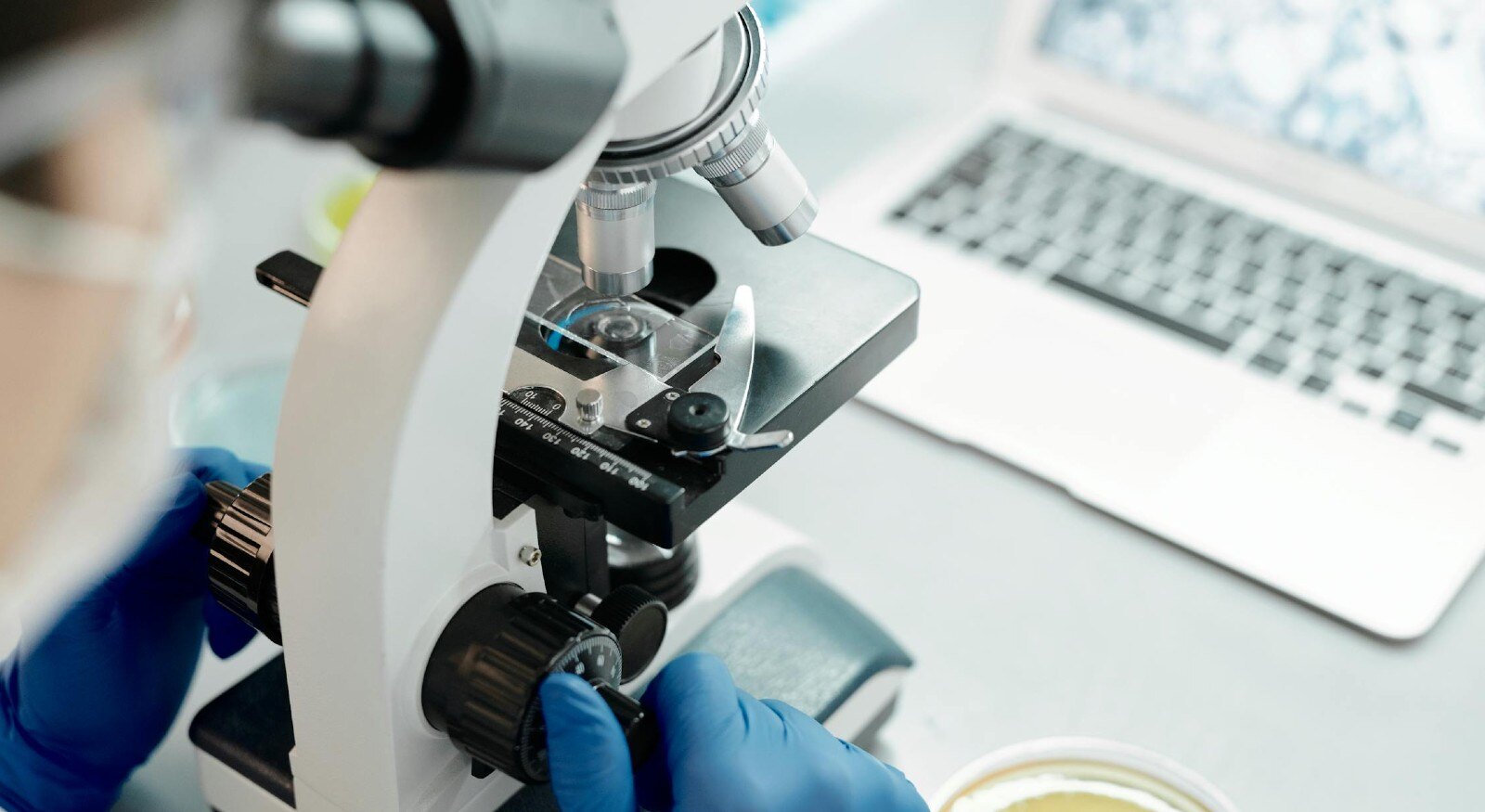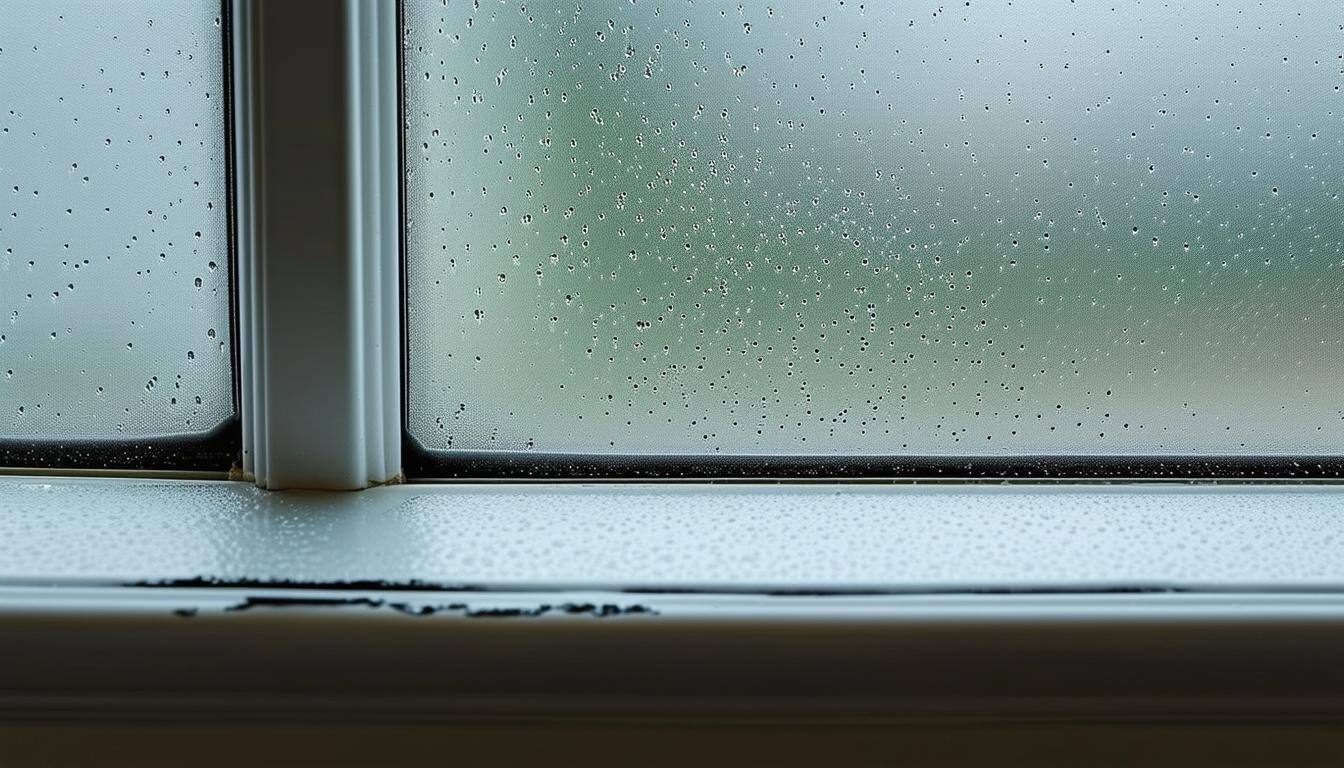Remove Mold from Your Leather Items with this Guide
June 27th, 2025
4 min read
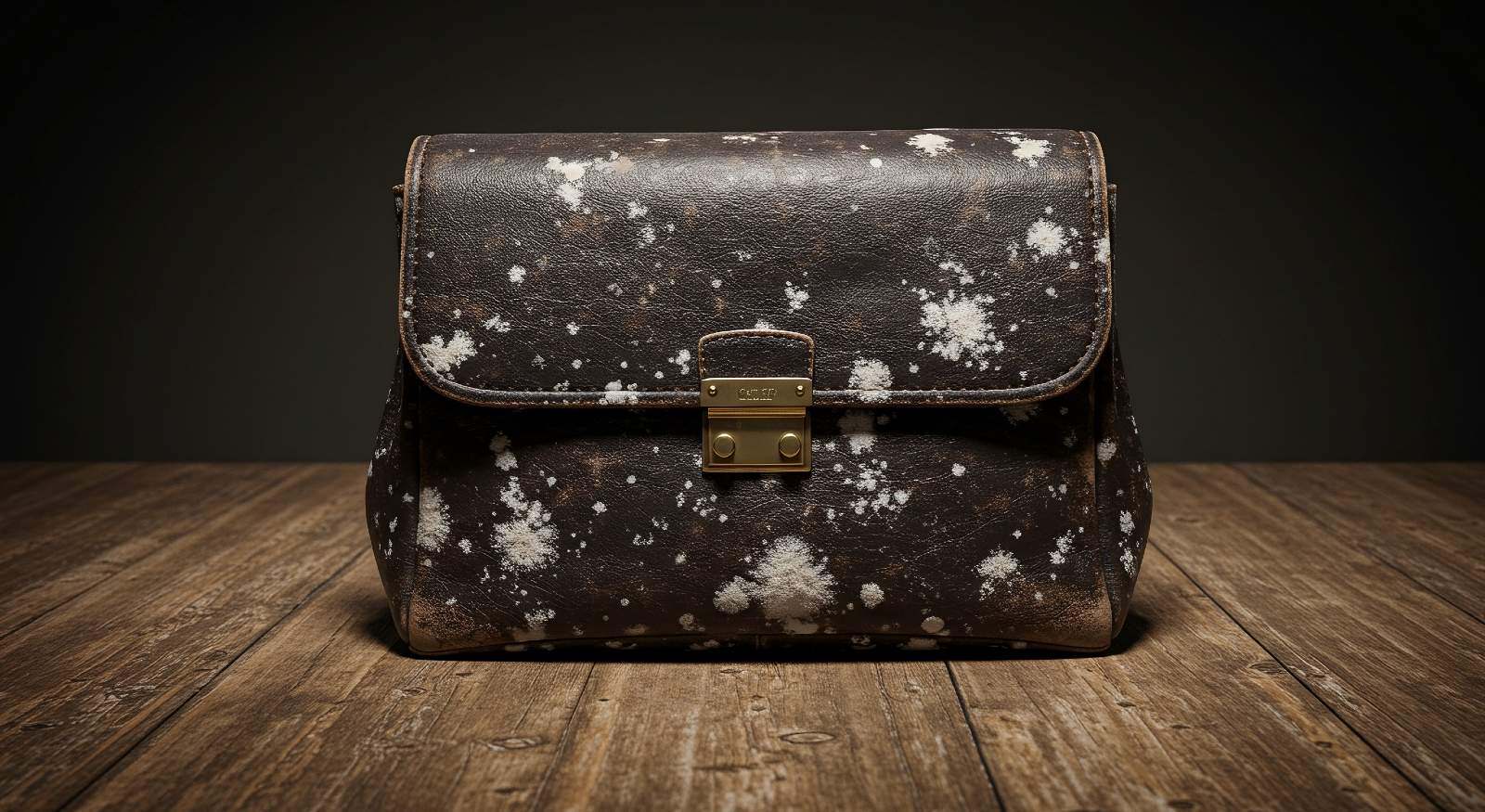
Finding white spots all over your favorite leather bag or jacket feels awful. If you think it's time to say goodbye to your beloved stuff, think again!
Over a decade of experience dealing with mold has taught us everything we need to know about restoring people's belongings. While big mold patches require the help of professionals like us, smaller issues can be resolved easily.
Today, we will explore everything about mold growth on leather so you know what to do if it happens to your precious belongings. Let's break down why leather is so vulnerable to mold and the step-by-step process to remove it. So, let's get going so you can enjoy your favorite leather items without worry.
Why Are My Leather Items Vulnerable to Mold?
According to the United States Environmental Protection Agency (EPA), mold is found everywhere and only needs organic matter and moisture to grow. Here is how these two facts turn your favorite leather items into mold's perfect victims:
First of all, as leather is made from animal skin, it is considered an organic material. This makes it the perfect food source for mold.
Second, leather has microscopic pores. They are not big enough to see at first sight but big enough to accumulate moisture, becoming the perfect place for mold spores to multiply.
Finally, like many other clothing and accessories, leather items tend to be stored in poorly ventilated closets or spaces. This can be a damp environment, perfect for mold growth.
How to Recognize Mold on Leather
Just like when dealing with mold remediation in a home, it's best to figure out if there is mold in your items before it's too late. Here are a few tips to prevent mold from taking over your favorite leather jacket:
- Look for Visual Clues: Look for discolored patches, fuzzy growths, or powdery residues on the leather surface. Mold can appear in various colors, including white, green, or black.
- Check for Musty Odors: A persistent musty smell, especially when you're near leather items, is a strong indicator of mold. If you find a musty smell where you store your leather items, consider placing them elsewhere. Also, treat that area or call for professional help to prevent the mold from spreading.
- Feel any Texture Changes: Mold can make leather feel rough, stiff, or slimy.
Follow this Guide to Restore Your Leather Items
Before attempting to clean mold from your favorite leather belongings, you should protect yourself from the mold spores. The EPA recommends wearing an N-95 respirator mask, gloves (preferably long ones that extend to the middle of the forearm), and goggles to protect your eyes from the spores.
Here is a list of cleaning materials you should have before starting the cleanup:
- Cotton swab
- Leather conditioner
- Mild soap
- Plastic bags or a sealed container
- Rubbing alcohol
- Soft-bristled brush
- Sponge or a soft cloth
- Vacuum cleaner
- White vinegar
Step 1: Move the Affected Items
The first step in restoring leather items is to move them from where they were stored. Put them in plastic bags or a sealed container and transport them to a well-ventilated area, preferably outdoors.
Cleaning mold will inevitably release mold spores, so wear your mask, gloves, and goggles to protect yourself from unwanted sneezes.
Step 2: Remove the Surface Mold
Use the soft brush to remove any loose mold from the surface gently. Leave no mold patch untouched. Once you can't see them anymore, move on to the next step.
Step 3: Use a Cleaning Solution
Mix a solution of mild soap and water. Then, dampen a clean cloth with it and gently wipe down the leather surface. Avoid soaking the leather.
For areas with small crevices, use a cotton swab dipped in rubbing alcohol or white vinegar. Test it on a small area first to ensure no discoloration occurs. Finish by wiping the surface with a damp cloth in water, but remember not to oversoak it.
You can also find many commercial leather cleaners if you are less DIY inclined. Read the instructions and follow them to ensure the best results.
Step 4: Dry Your Items
Let the leather air dry in a well-ventilated area. Avoid direct sunlight or heat, which can damage the leather.
Step 5: Conditioning (Optional)
Once the leather is dry, apply a leather conditioner to moisturize and protect it. This will help prevent the leather from becoming stiff or cracking. Several products are available on the market that can extend the lifespan of your leather items.
Prevention Strategies to Keep Mold at Bay
Do you know what's easier than dealing with mold in leather? Prevent it from happening in the first place. Follow these tips to avoid the mold's ugly reappearance in your leather belongings.
- Find Proper Storage: Store leather items in cool, dry, and well-ventilated areas.
- Avoid Damp Environments: Never store leather items in damp basements, closets, or garages.
- Regular Cleaning: Clean leather items regularly to prevent dirt and moisture buildup.
- Leather Conditioning: Condition leather regularly to keep it moisturized and prevent cracking.
Beyond the Cleanup: Eliminating Mold in Your Home
Getting rid of the visible mold is only half the battle. If you don't address the underlying moisture problem, it's like inviting mold back for a repeat performance. That's why you need to dig deeper than just surface cleaning. Follow these tips to prevent this problem from reappearing:
Identify the Moisture Source
When there is mold, there is moisture. Locate the source. It could be a leaky pipe or drip from a damaged roof. Whatever the case, fix the leakage as soon as possible.
Control Humidity Levels
Our South Arkansas summers are notorious for their humidity. Poorly ventilated areas can create a mold-friendly environment. Consider investing in a hygrometer (to measure moisture levels) and a dehumidifier.
Improve Ventilation
Another way to keep moisture under control is to ventilate the rooms. Without air circulation, the air gets stale, and moisture builds up. Check for ways to improve airflow and prevent moisture from getting trapped.
Mold Problems? Restore-It is the Solution!
So, now you know how to tackle mold on your leather, from spotting the signs to cleaning it safely and preventing it from coming back. If you've been worried about ruining your favorite leather items, we hope this guide has brought you some relief. As experts in dealing with mold in all its forms, here at Restore-It, we provide expert advice and solutions for your home and belongings. Contact Restore-It if you have a mold patch larger than 10 square feet. We can help you identify the issue and address the underlying problems to ensure the mold never returns.
Topics:






